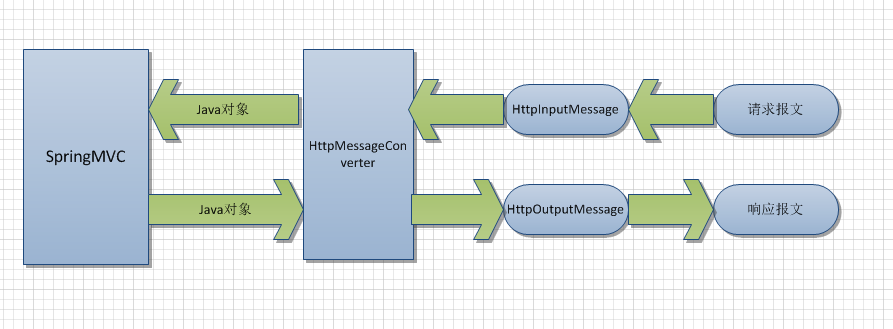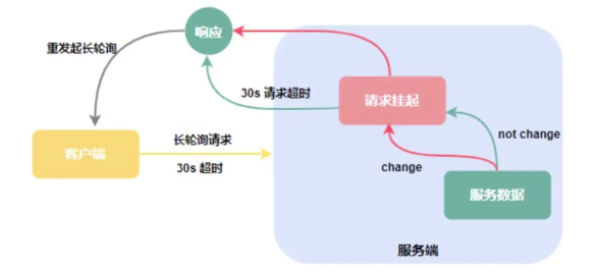the getSource() and getActionCommand()(getSource() 和 getActionCommand())
问题描述
什么是getSource?它返回什么?
What is getSource? and what does it return?
什么是getActionCommand(),它返回什么??
and what is getActionCommand() and what does it return??
我对这两者感到困惑,任何人都可以给我或区分它们吗?UI 中的 getSource 和 getActionCommand() 有什么用?具体是 TextField 还是 JTextField?
I am getting confused between these two can anyone give or differentiate them to me? what's the use of getSource and getActionCommand() in UI's? specifically TextField or JTextField?
推荐答案
假设你说的是 ActionEvent 类,那么这两种方法有很大区别.
Assuming you are talking about the ActionEvent class, then there is a big difference between the two methods.
getActionCommand() 给你一个代表动作命令的字符串.该值是特定于组件的;对于 JButton 您可以选择使用 setActionCommand(String command) 设置值,但对于 JTextField 如果您不设置此值,它会自动为您提供文本字段的值.根据 javadoc,这是为了与 java.awt.TextField 兼容.
getActionCommand() gives you a String representing the action command. The value is component specific; for a JButton you have the option to set the value with setActionCommand(String command) but for a JTextField if you don't set this, it will automatically give you the value of the text field. According to the javadoc this is for compatability with java.awt.TextField.
getSource() 由 ActionEvent 是子级的 EventObject 类指定(通过 java.awt.AWTEvent).这为您提供了对事件来自的对象的引用.
getSource() is specified by the EventObject class that ActionEvent is a child of (via java.awt.AWTEvent). This gives you a reference to the object that the event came from.
这是一个例子.有两个字段,一个具有明确设置的操作命令,另一个没有.在每个中输入一些文本,然后按 Enter.
Here is a example. There are two fields, one has an action command explicitly set, the other doesn't. Type some text into each then press enter.
public class Events implements ActionListener {
private static JFrame frame;
public static void main(String[] args) {
frame = new JFrame("JTextField events");
frame.getContentPane().setLayout(new FlowLayout());
JTextField field1 = new JTextField(10);
field1.addActionListener(new Events());
frame.getContentPane().add(new JLabel("Field with no action command set"));
frame.getContentPane().add(field1);
JTextField field2 = new JTextField(10);
field2.addActionListener(new Events());
field2.setActionCommand("my action command");
frame.getContentPane().add(new JLabel("Field with an action command set"));
frame.getContentPane().add(field2);
frame.setDefaultCloseOperation(JFrame.EXIT_ON_CLOSE);
frame.setSize(220, 150);
frame.setResizable(false);
frame.setVisible(true);
}
@Override
public void actionPerformed(ActionEvent evt) {
String cmd = evt.getActionCommand();
JOptionPane.showMessageDialog(frame, "Command: " + cmd);
}
}
这篇关于getSource() 和 getActionCommand()的文章就介绍到这了,希望我们推荐的答案对大家有所帮助,也希望大家多多支持编程学习网!
本文标题为:getSource() 和 getActionCommand()


- Java包名称中单词分隔符的约定是什么? 2022-01-01
- 从 finally 块返回时 Java 的奇怪行为 2022-01-01
- 如何使用WebFilter实现授权头检查 2022-01-01
- Jersey REST 客户端:发布多部分数据 2022-01-01
- C++ 和 Java 进程之间的共享内存 2022-01-01
- Eclipse 插件更新错误日志在哪里? 2022-01-01
- 将log4j 1.2配置转换为log4j 2配置 2022-01-01
- Spring Boot连接到使用仲裁器运行的MongoDB副本集 2022-01-01
- Safepoint+stats 日志,输出 JDK12 中没有 vmop 操作 2022-01-01
- value & 是什么意思?0xff 在 Java 中做什么? 2022-01-01





